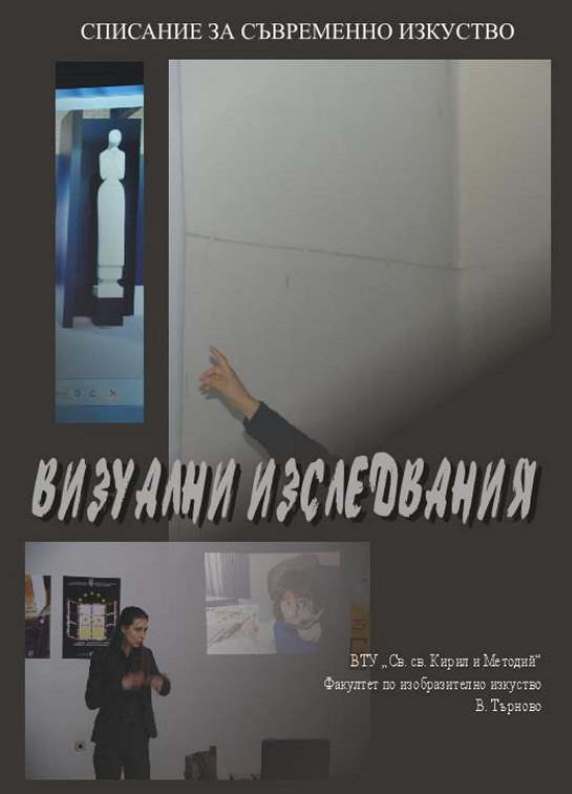Изпитание и принадлежност: Бележки върху произведения на: Робер Кампен, майстор на „Св. Вероника“, Дирик Баутс, майстор на „Олтар на св. Вартоломей“, Рохиър ван дер Вайден, Ханс Мемлинг. Първа част
Trial and Affiliation: Notes on the Works of Robert Campin, Master of 𝑆𝑡. 𝑉𝑒𝑟𝑜𝑛𝑖𝑐𝑎, Dieric Bouts, Master of 𝑆𝑡. 𝐵𝑎𝑟𝑡ℎ𝑜𝑙𝑜𝑚𝑒𝑤’𝑠 𝐴𝑙𝑡𝑎𝑟, Rogier van der Weiden, Hans Memling. Part One
Author(s): Angel AngelovSubject(s): Fine Arts / Performing Arts, Visual Arts
Published by: Великотърновски университет „Св. св. Кирил и Методий”
Keywords: prayer images; community; historical social environment; trial; affiliation; Robert Campin; Dieric Bouts; Rogier van der Weiden; Hans Memling
Summary/Abstract: This paper is not a study, but just notes. Their purpose is to present a possible historical approach, for which mostly prayer images have been used. The text attempts to provide insight into how an image was perceived by a community or how that community might have perceived it. The author believes that the effort to understand the motives, desires, and values of a historical social environment is equivalent to recognizing its right to exist. The questions which the paper seeks answers to are: – Why did religious and secular communities need to stand face to face with images of Jesus at the end of the 14th century, and why did they need the test of his gaze?; – What was the nature of the experience in the direct, unmediated interaction between the image and the believer; – How did this new way of dealing with the divine affect behaviour?; – How was what we may call the ‘inner world’ created, which was not only communal, but also personal?; – What did the believer pray to: the image or the presence of the power of the holy person in the image? Religious images create a desired belonging to a certain social environment. Believers recognize what they see as their own, regardless of the fact that they see a real and an imaginary world, a real and an imaginary self simultaneously. The author tries to substantiate the understanding of co-belonging to the two worlds – the sacred and the earthly one in the images. He also seeks to justify why the presence of the assignors in the images most often represents the visions of the assignors themselves.
Journal: Визуални изследвания
- Issue Year: 7/2023
- Issue No: 1
- Page Range: 5-20
- Page Count: 16
- Language: English, Bulgarian

